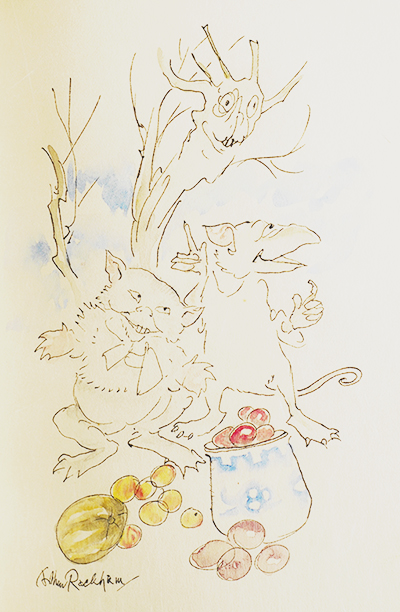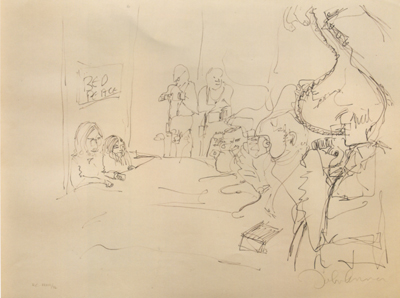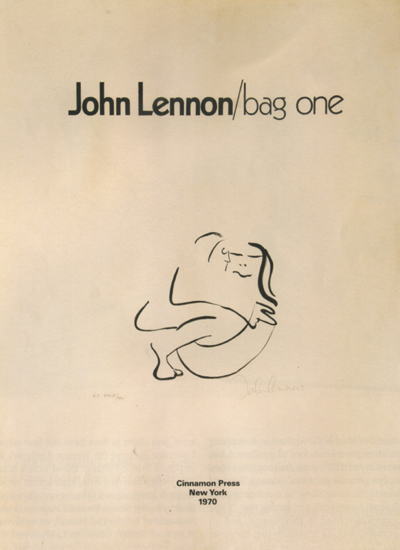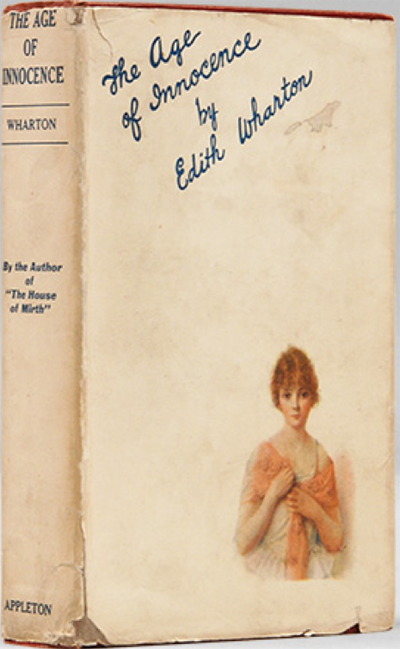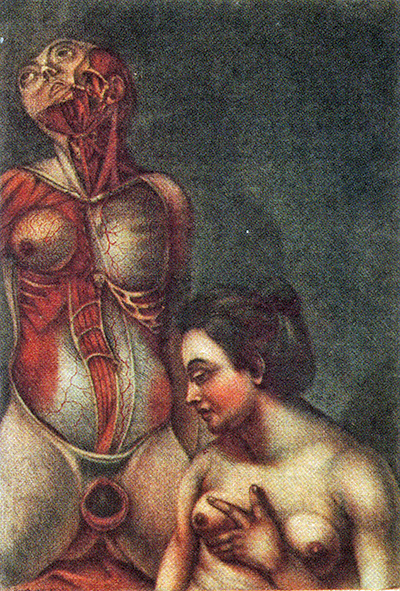by Stephen J. Gertz"The task which you propose to me of adapting words to these airs is by no means simple. The poet, who would follow the various sentiments which they express, must feel and understand that rapid fluctuation of spirits, that unaccountable mixture of gloom and levity, which composes the character of my countrymen, and has deeply tinged their music…" (Tom Moore, 1807, to John Stevenson).
In 1846 an extraordinary book was published in England. It was the first illustrated edition of Thomas Moore's "best-known production, the Irish Melodies, based on the airs recorded by Edward Bunting…first issued in two volumes in 1808 and [running] to an additional eight volumes up to 1834" (Oxford Companion to Irish Literature).
What made the book so special? Its visual design and illustrations by
Daniel Maclise.
"Maclise laboured hard to make this book a worthy tribute to Tom Moore [1779-1852], whom he loved and revered, inventing decorative borders for every page in addition to his abundant illustrations, and even doing some of the preliminary etching himself...The gratified poet wrote of the volume's 'national character,' an 'Irish pencil' having 'lent its aid to an Irish pen.' Yet the book is totally unpolitical. It is a landmark, instead, in the history of style.
"By his treatment of illustration and text into a unit and by his infinite elaboration of detail, Maclise not only introduced to England the effects achieved by the German illustrators of the 1830s and early 1840s, but also anticipated the French Art Nouveau volumes that began with Grasset's Quatre Fils Aymon of 1883" (Ray, The Illustrator and the Book in England 1790-1914).
![]() |
Eugène Grasset (designer and illustrator).
Histoire des Quatre Fils Aymon (1883). |
Daniel Maclise (1806-1870, born in Cork City, Ireland, was an Irish history, literary and portrait painter, and illustrator, who lived and worked in London during most of his life. Maclise exhibited for the first time at the Royal Academy in 1829. He slowly began to devote himself to subject and historical pictures, with occasional portraits, i.e. of Lord Campbell, novelist Letitia Landon, Charles Dickens, and other of his literary friends.
He also designed illustrations for several of Dickens' Christmas books and other works. Between 1830 and 1836 he contributed to Fraser's Magazine. His work at Fraser's, under the pseudonym Alfred Croquis, resulted in a memorable series of caricatures of the literary and other celebrated figures of his era, which were afterwards published as the Maclise Portrait Gallery (1871).
![]() |
| Frontispiece. |
Maclise's design for Moore's Irish Melodies featured steel-engraving throughout the entire book, the text employing Francis Paul Becker's omnigraph patent process of engraving letters. It was printed by Peter McQueen.
Of Tom Moore, we have this biographical reminisce:
"Oh yes, dear Moore, and you were one of the lively and intellectual circle, of the pleasant and the profound, of the social and the learned, of the sound-sensed, practical, and the genius-fraught imaginative who filled this crowded, stirring scene. What a list I could furnish, what reminiscences I could bring up; but there can only be glimpses of some few of the figures, and snatches at some few of the circumstances, as they vanish into the past.
"The reader need not be told that Moore was a delightful companion; among men, ever full of anecdote and entertainment, and, when the dining-room surrendered its inmates to the better society of the drawing-room, a perfect Orpheus to enchant the only portion of creation it is worth a wish to charm. Seated at the piano, and chanting his own Irish melodies, with all the sentiment and expression of the poet, though almost like recitative and without strong powers of voice, he was then in his glory, his small figure magnified into an Apollo, and his round countenance beaming, or perhaps the more accurately descriptive word would be sparkling with intelligence and pleasure, whilst Beauty crowded enamoured around him and hung with infectious enthusiasm upon his every tone. It is only by reference to the furore sometimes witnessed at a chef d’oeuvre in opera executed by a perfect artist, that an idea can be formed of the effect of Moore’s singing to a refined circle, whose silence of admiration was but casually and briefly broken by murmurs of delight. I have seen instances of extraordinary excitement produced by his musical fascinations" (Autobiography of William Jerdan [1852], Ch. 6, The Periodical Press, p. 91).
![]()
A gorgeous copy of Moore's Irish Melodies recently passed through my hands, bound c. 1884-1894 by Joseph Shepherd of the F. Bedford bindery (stamp-signed to front cover) in full forest green morocco with a central medallion to both sides comprised of concentric shamrock rolls and dots in gilt, an onlaid red morocco ring with gilt coils, and a center element of onlaid tan morocco (the tan, alas, not registering here) with gilt strapwork, the whole within a black and green morocco frame of gilt shamrocks and trailing vines with tri-shamrock corner pieces. The spine compartments reiterate the cover design, and gilt shamrock dentelles highlight the inner covers. All edges are gilt. The whole is wrapped within a green cloth chemise and housed inside a cloth slipcase.
![]()
Binder "Francis Bedford was born in 1799, died in 1883 and is one of the few English bookbinders included in the Dictionary of National Biography. After five years of running Charles Lewis's firm for that binder's widow and nine years in partnership with John Clarkes, he established himself on his own in 1851 and was soon the acknowledged leader of the West-end trade in London. After his death the firm was carried on under his name for a few months by his nieces and then for nearly ten years by Joseph Shepherd, who purchased it in 1884 when he was only twenty-six years old" (Nixon, Five Centuries of English Bookbinding).
During his lifetime, Bedford, according to Nixon, did no original design work, his bindings fabulous recreations of 16th and 17th century styles. "It would therefore seem likely that any signed Bedford bindings which show any originality of design date from the Shepherd period..." (ibid). Shepherd "had learned his trade with the successors of the old bookbinding firm of Edmonds & Remnant. It was no slight undertaking for a workman of his age to attempt the production and finish of artistic bindings which had become celebrated in private libraries throughout Europe and the United States and British provinces. Like old wine, or superb Italian paintings of a former era, the Bedford bindings improve with age..." (American Printer & Lithographer, volume 15, 1892).
The firm's pride in its bindings is demonstrated by its most unusual positioning of the signature "Bound by F. Bedford" gilt-stamped to the outer front cover (rather than inside), here at the bottom edge of the frame.
Below, Irish tenor John McCormack sings
The Minstrel Boy, that classic Irish patriotic song with lyrics by Tom Moore, purportedly in memorial to his friends who were killed during the Irish Rebellion of 1798, set to the classic Irish air, The Moreen, and, since the American Civil War, the anthem of Irish-Americans:
The minstrel boy to the war is gone,
In the ranks of death ye will find him;
His father's sword he hath girded on,
And his wild harp slung behind him;
"Land of Song!" said the warrior bard,
"Tho' all the world betray thee,
One sword, at least, thy rights shall guard,
One faithful harp shall praise thee!"
The Minstrel fell! But the foreman's chain
Could not bring his proud soul under;
The harp he lov'd ne'er spoke again,
For he tore its chords asunder;
And said "No chains shall sully thee,
Thou soul of love and bravery!
Thy songs were made for the pure and free
They shall never sound in slavery!"
__________
[BEDFORD, Francis, bindery]. MOORE, Thomas.Moore's Irish Melodies. Illustrated by D. Maclise. London: Longman, Brown, Green, and Longmans, 1846.
First illustrated edition. Quarto (10 5/16 x 7 1/8 in; 263 x 180 mm). iv, 280 pp. Extra-engraved title-page and frontispiece. Engraved text and illustrations within engraved decorative borders designed by Maclise, by the omnigraphic process.
Ray 29.
__________
Images courtesy of
David Brass Rare Books, with out thanks.
__________
__________
![]()
![]()



